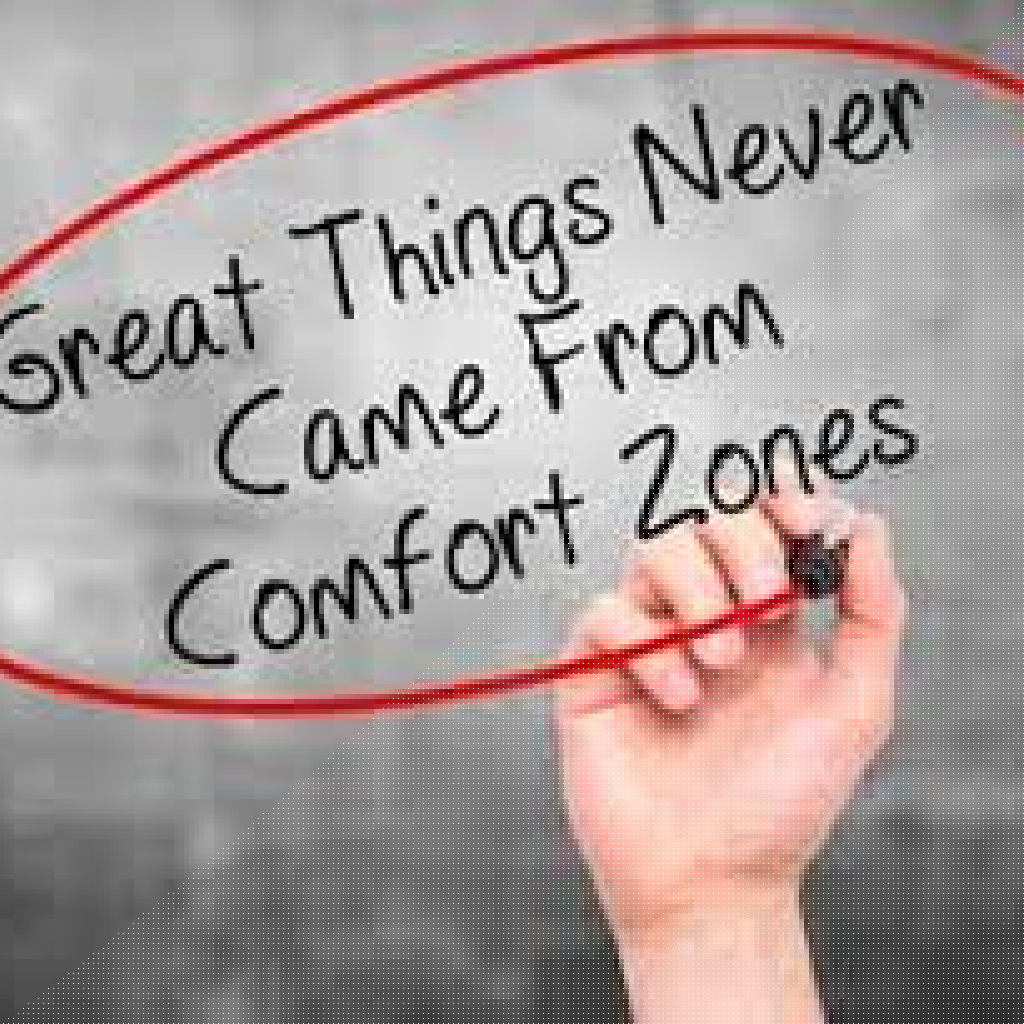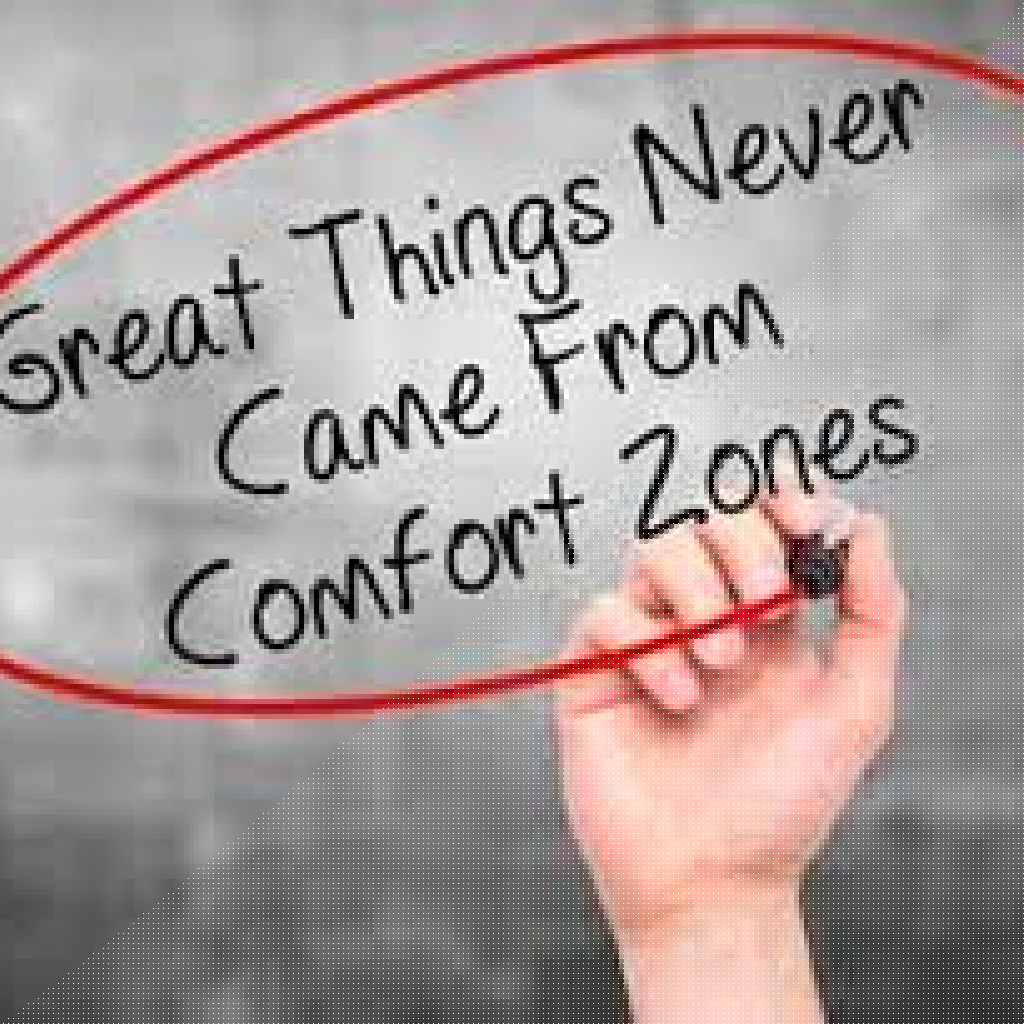Key Takeaways:
- Adapting management styles to team needs can significantly enhance employee engagement.
- Open communication fosters stronger workplace relationships, leading to improved overall performance.
In today’s rapidly evolving business landscape, effective management practices are crucial for driving performance, enhancing employee engagement, and ensuring organizational success. Managers face numerous challenges, from adapting to diverse team needs to fostering a culture of open communication. Let’s explore how various management styles can impact workplace dynamics and share actionable strategies that can help managers lead more effectively.
Understanding Management Styles
Management styles play a critical role in shaping the work environment and influencing employee morale. Every manager has a unique approach that can range from authoritarian to democratic. An authoritarian style may yield quick results, but it often stifles creativity and lowers morale over time. Conversely, a democratic approach encourages collaboration and input from team members, which can enhance job satisfaction and retention.
Understanding the diverse management styles available, including transactional, transformational, and servant leadership, empowers managers to choose the right method for their team. Keep in mind, no single style fits all situations. Managers should assess their team’s dynamics, including individual personalities and collective performance, before adopting a specific management approach.
The Impact of Management on Performance
Effective management practices have a direct correlation with performance outcomes. When managers adapt their styles to the requirements of their teams, they can create an environment that fosters high levels of productivity and morale. Research shows that engaged employees tend to produce better results, exhibit enhanced creativity, and demonstrate greater loyalty to the organization.
One effective way to increase performance is by implementing regular feedback loops. Managers who provide constructive feedback not only help employees improve but also signal that their contributions are valued. An investment in a culture of continuous feedback can lead to significant enhancements in performance, as employees feel motivated to meet and exceed expectations.
How Can Management Styles Contribute to Team Development?
A primary objective of any manager should be to develop their team members’ skills and strengths. A one-size-fits-all approach doesn’t work in team development. Take the time to assess the unique abilities of each employee to tailor your management style effectively.
For example, a simple exercise such as 1-on-1 meetings can yield insights into each employee’s aspirations and challenges, allowing managers to provide personalized support. By actively listening to team members, managers can determine which managerial approach would best support their growth.
Moreover, incorporating leadership training or workshops into the workplace culture can further develop your team’s potential. When managers invest in their employees’ development, they simultaneously enhance the organization’s overall capabilities.
Hiring, Training, and Promoting Employees
Effective hiring, training, and promoting of employees are instrumental components of successful management. The recruitment process should aim to attract candidates who align with the organization’s values and vision. Identifying potential employees based not only on their skills but also on cultural fit can lead to a more cohesive and high-functioning team.
Training is equally essential. It has been proven that organizations that emphasize continuous learning see an increase in employee retention rates. Onboarding programs should include comprehensive training that not only covers job responsibilities but also integrates company culture and values. This helps in nurturing a positively engaging work atmosphere from day one.
Promotion from within the organization can incentivize employees, motivating them to strive for excellence. When employees see a clear pathway for advancement, they are more likely to put in the effort needed to achieve their goals.
What Are Best Practices for Effective Business Communication?
Clear and efficient business communication is at the heart of successful management. Keeping team members informed about company updates, changes in direction, and ongoing projects helps maintain transparency throughout the organization. But effective communication extends beyond just updates — it also encompasses active listening.
Managers should cultivate a culture that encourages open dialogue, allowing employees to voice their ideas, questions, and concerns. Active listening in meetings, for instance, can enhance team collaboration and help uncover innovative solutions to challenges.
Using diverse communication channels also aids in reaching all employees effectively. Utilize not only emails but also team messaging platforms, video conferencing, or face-to-face meetings to ensure messages are received and understood.
Building Relationships in the Workplace
Finally, relationship building is essential for creating an effective work environment. Strong workplace relationships enhance trust and collaboration among team members, leading to increased productivity. Simple gestures such as celebrating team successes or recognizing individual contributions can foster camaraderie.
Encouraging team-building activities, whether virtual or in-person, can help employees bond outside of daily tasks. These activities enhance interpersonal connections and open channels of communication amongst team members, ultimately leading to a more connected and harmonious workplace.
In conclusion, adapting management styles to meet the unique needs of your team is vital for enhancing performance and fostering a motivated workplace culture. By understanding management practices, investing in employee development, and encouraging open communication, managers can create a thriving environment that supports not only individual growth but the success of the organization as a whole.













